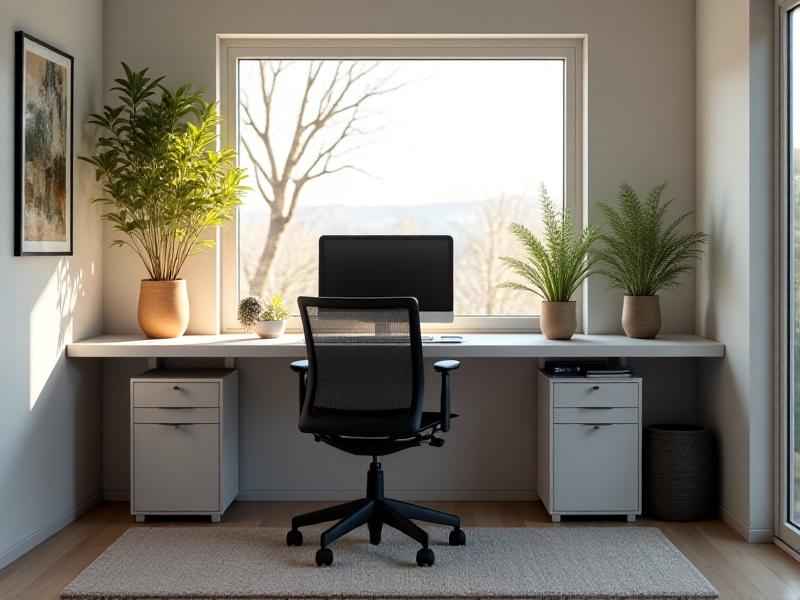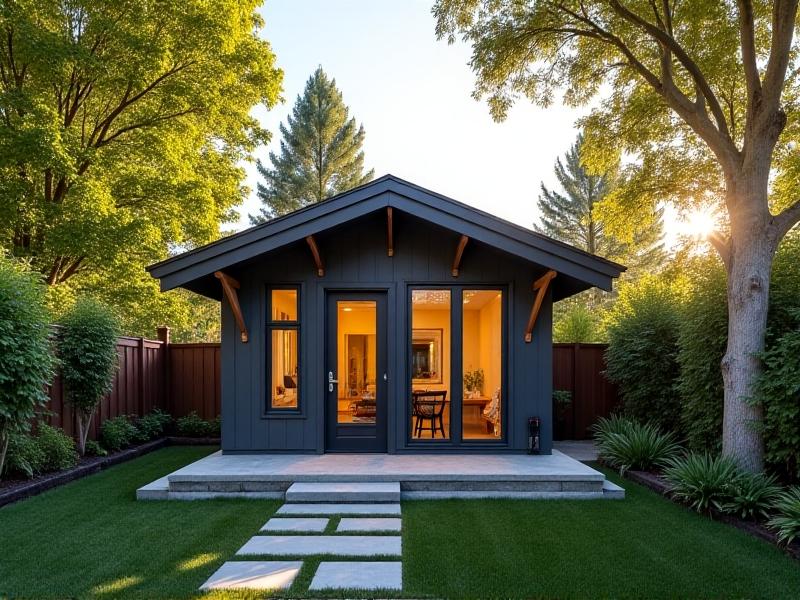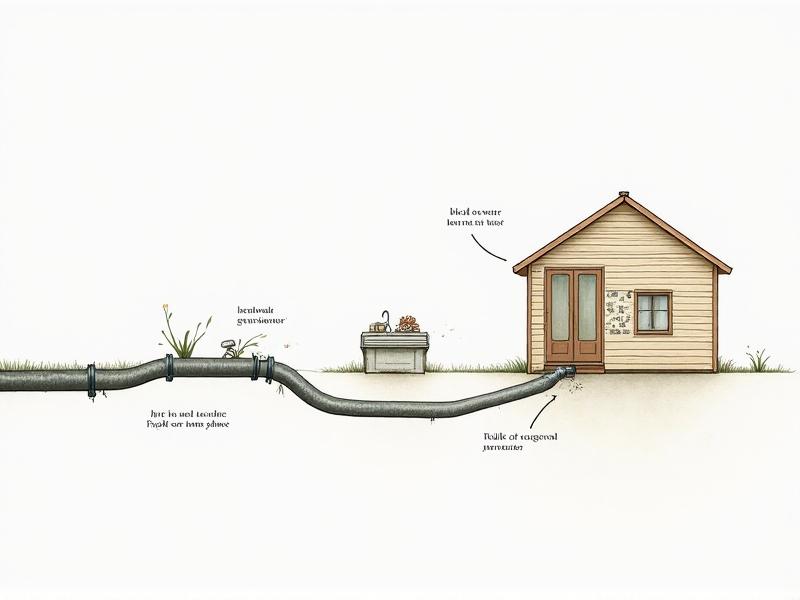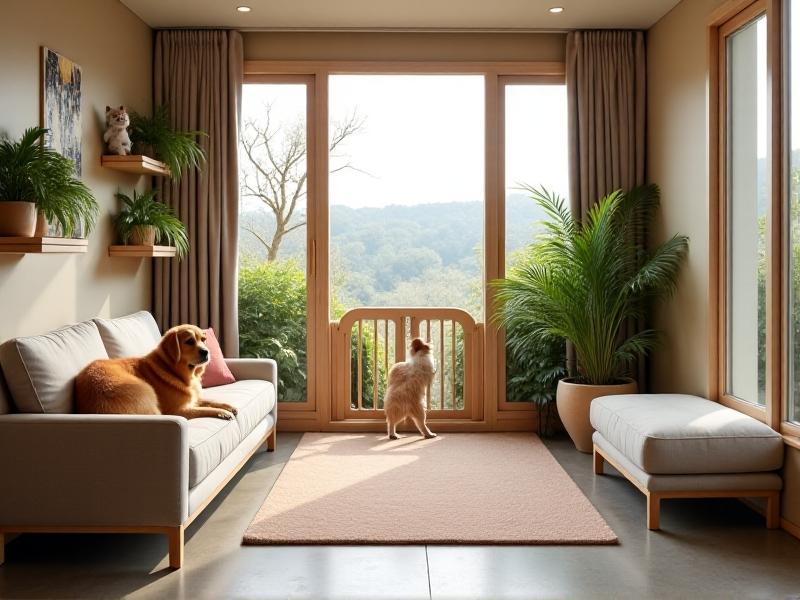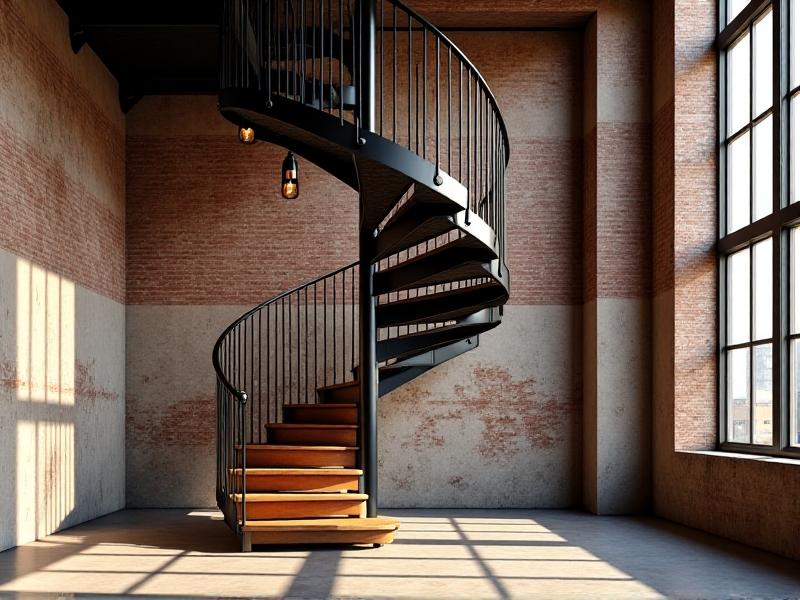Natural Ventilation Cross-Flow Systems
Introduction to Natural Ventilation Cross-Flow Systems
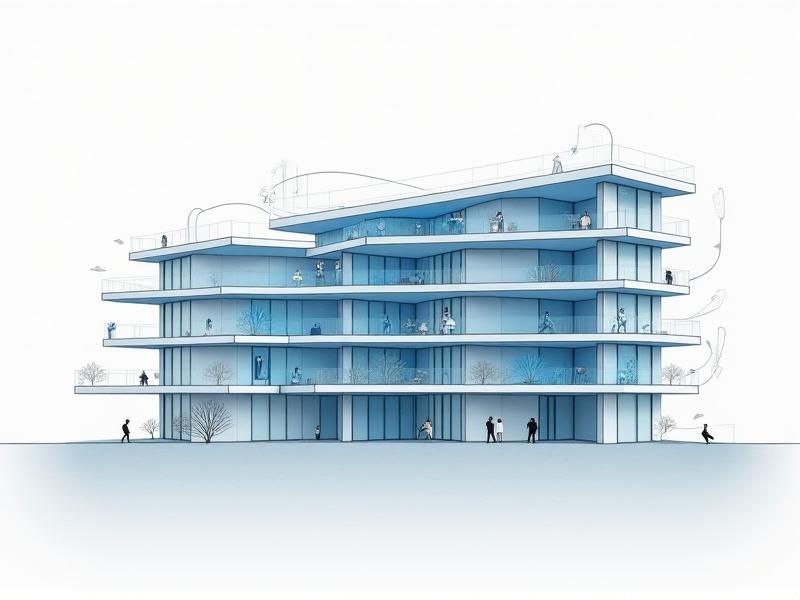
Natural ventilation cross-flow systems harness wind and thermal buoyancy to circulate fresh air through buildings without mechanical intervention. This approach, rooted in centuries-old architectural practices, has regained prominence as sustainable design becomes a priority. By strategically positioning inlet and outlet openings on opposing walls, these systems create a pressure gradient that drives airflow. The result is a continuous exchange of indoor and outdoor air, improving indoor air quality while reducing reliance on energy-intensive HVAC systems. From ancient Persian windcatchers to modern eco-friendly offices, cross-flow ventilation remains a cornerstone of passive cooling strategies.
The Science Behind Cross-Flow Ventilation: How It Works

Cross-flow ventilation operates on two primary principles: wind-driven pressure differences and the stack effect. When wind hits a building, it creates high pressure on the windward side and low pressure on the leeward side. Openings on these opposing facades allow air to flow from high to low-pressure zones. Simultaneously, warmer indoor air rises due to its lower density, escaping through higher vents or atriums—a phenomenon amplified in multi-story structures. The combination of these forces ensures consistent airflow, with velocity influenced by wind speed, opening sizes, and internal layout. Computational fluid dynamics (CFD) simulations now help architects optimize these variables for maximum efficiency.
Advantages of Cross-Flow Systems in Modern Architecture

Beyond energy savings, cross-flow systems enhance occupant well-being by maintaining CO₂ levels below 1000 ppm and reducing volatile organic compounds (VOCs). Studies show productivity gains of 8–11% in naturally ventilated spaces compared to air-conditioned environments. The passive design also minimizes HVAC noise, creating quieter interiors. In temperate climates, these systems can eliminate mechanical cooling needs entirely, as demonstrated by Singapore’s Parkroyal Collection Pickering Hotel, where cross-ventilated corridors reduce energy use by 30%. Additionally, the integration of vegetation with airflow pathways can lower indoor temperatures by 2–3°C through evapotranspiration.
Key Design Considerations for Effective Implementation

Successful cross-flow designs begin with site-specific climate analysis. Wind rose diagrams inform optimal building orientation, while window sizing follows the 1:1.5 ratio rule—outlets should be 50% larger than inlets to prevent airflow resistance. In humid regions, deep roof overhangs prevent rain ingress while maintaining airflow, as seen in Malaysian vernacular rumah Melayu houses. Interior layouts must avoid obstructions: a University of Cambridge study found that central corridors wider than 1.8 meters disrupt airflow distribution. Hybrid approaches combining cross-flow with stack ventilation or earth tubes address limitations in low-wind conditions.
Case Studies: Successful Applications Across Building Types
The Eastgate Centre in Harare, Zimbabwe, mimics termite mound thermodynamics, using cross-flow and stack effects to maintain 21–25°C indoor temperatures despite 35°C exteriors—consuming 10% of the energy of conventional buildings. In residential design, Bali’s Green School bamboo structures use perforated walls and elevated floors to achieve 12 air changes per hour (ACH). Even dense urban projects like Milan’s Bosco Verticale towers incorporate cross-ventilated apartments with plant-covered balconies that filter particulates, reducing PM2.5 levels by 20% compared to street air.
Challenges and Limitations of Natural Cross-Flow Ventilation
Urban canyon effects disrupt cross-flow efficiency—research from Tokyo shows wind speeds at ground level can drop by 75% in high-rise districts. Noise pollution also complicates window operation: a Berlin housing project reported 42% of residents keeping vents closed despite overheating due to traffic noise. In polluted cities like Delhi, natural ventilation increases indoor PM2.5 by 300% during winter smog. Solutions like acoustic louvers and electrostatic air filters add complexity, often negating cost savings. Additionally, building codes in fire-prone regions restrict openable areas, challenging designers in California and Australia.
Future Trends: Smart Systems and Climate Resilience
Emerging technologies enable responsive cross-flow systems. The Al Bahr Towers in Abu Dhabi feature computer-controlled hexagonal shades that open/close based on sun trajectory and wind speed, reducing cooling demand by 52%. Phase-change materials (PCMs) embedded in walls, like DuPont’s Energain® panels, store cool night air to offset daytime heat gains. Looking ahead, MIT’s CityScanner project uses low-cost mobile sensors to create hyperlocal wind maps, allowing block-specific ventilation strategies. As climate change alters wind patterns, parametric design tools will become crucial—Zaha Hadid Architects’ Eco-Bay project in Mauritius dynamically adjusts facade porosity using decade-long wind simulations.
Why Cross-Flow Ventilation Matters in the Climate Crisis Era
Buildings account for 39% of global carbon emissions—cross-flow ventilation could cut this by 6–9% if widely adopted, per IPCC estimates. Beyond numbers, it fosters climate-responsive design thinking. In refugee camps, where energy access is limited, NGOs like UNHCR use cross-ventilated shelters to reduce indoor temperatures by 8°C. The system’s simplicity makes it scalable from favela upgrades to billion-dollar hospitals. As we face more frequent heatwaves, reimagining airflow isn’t just about comfort—it’s a vital adaptation strategy merging ancient wisdom with innovation to keep communities safe in a warming world.

